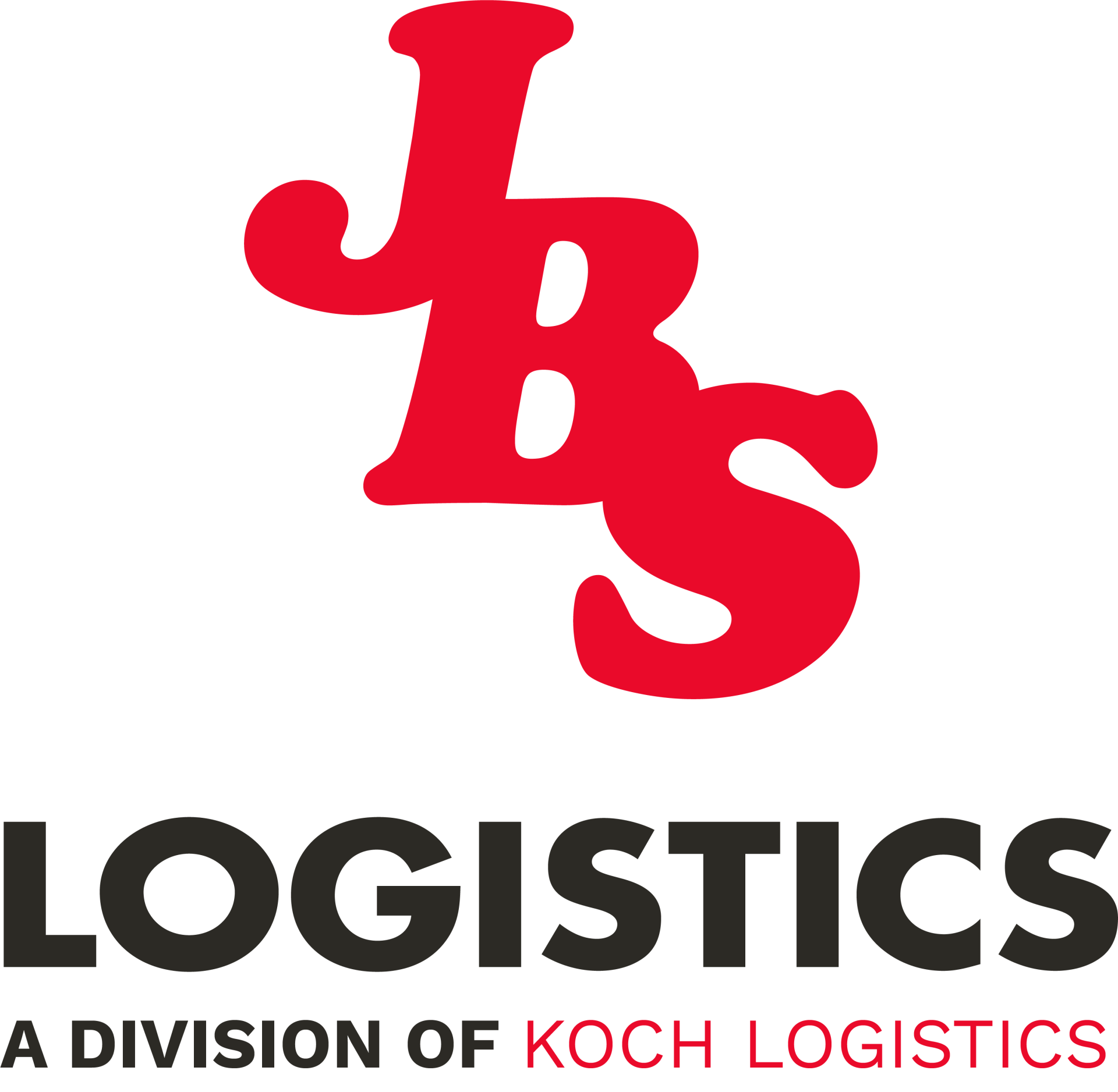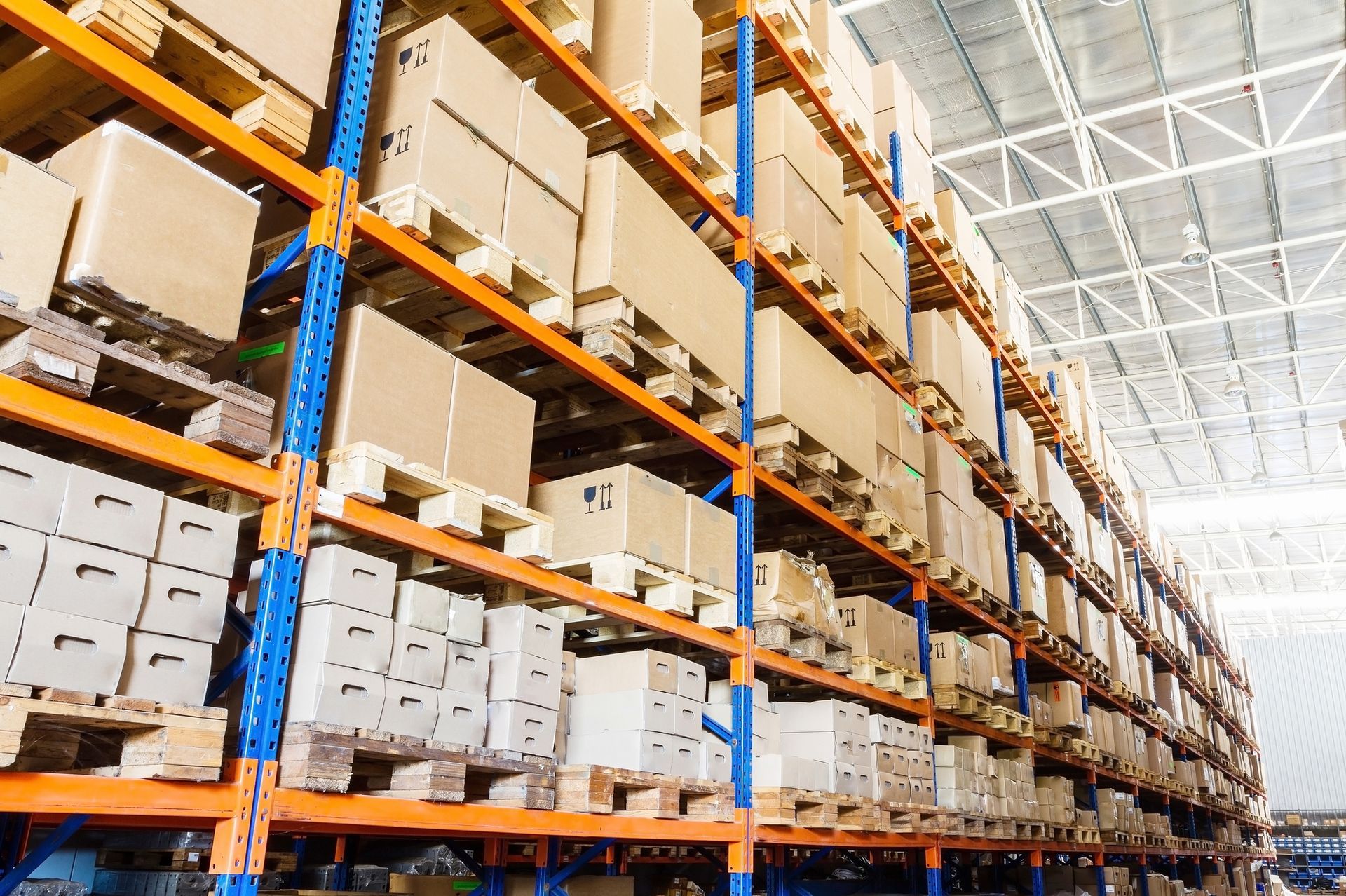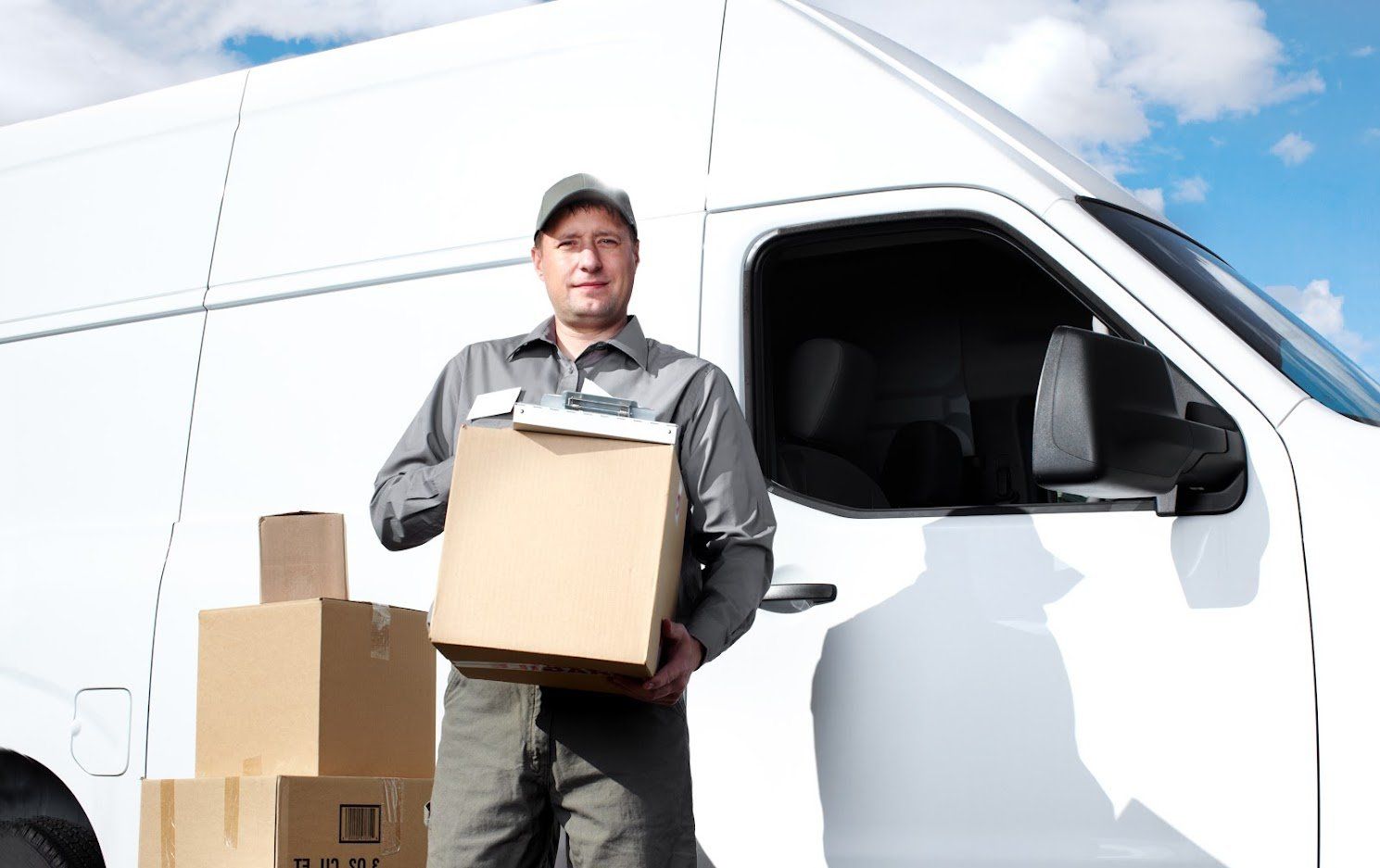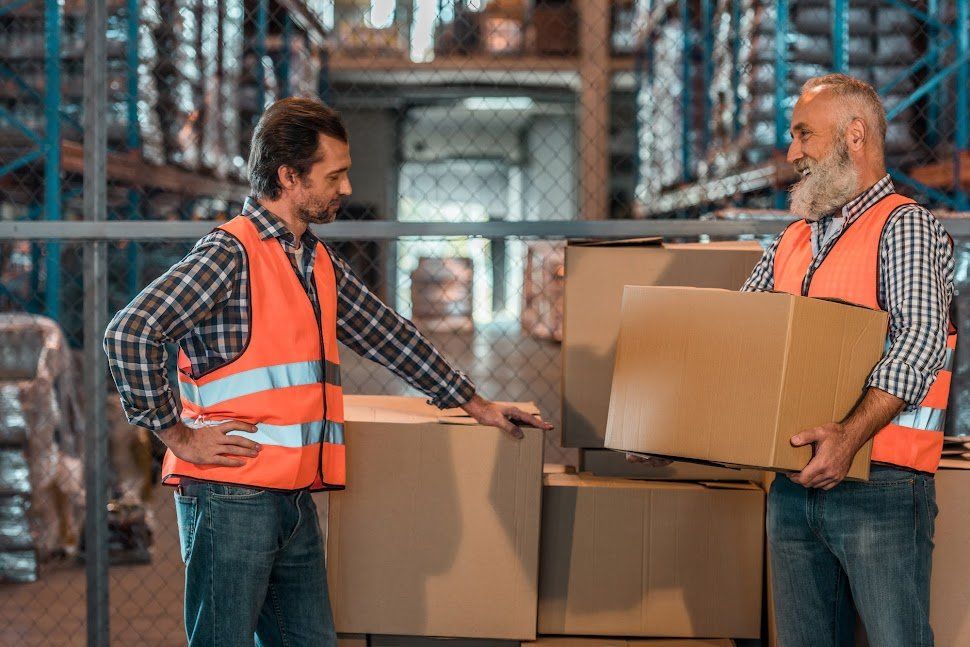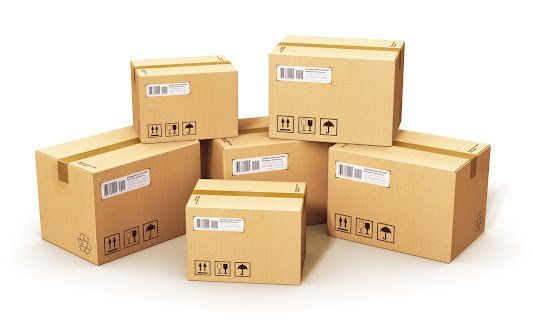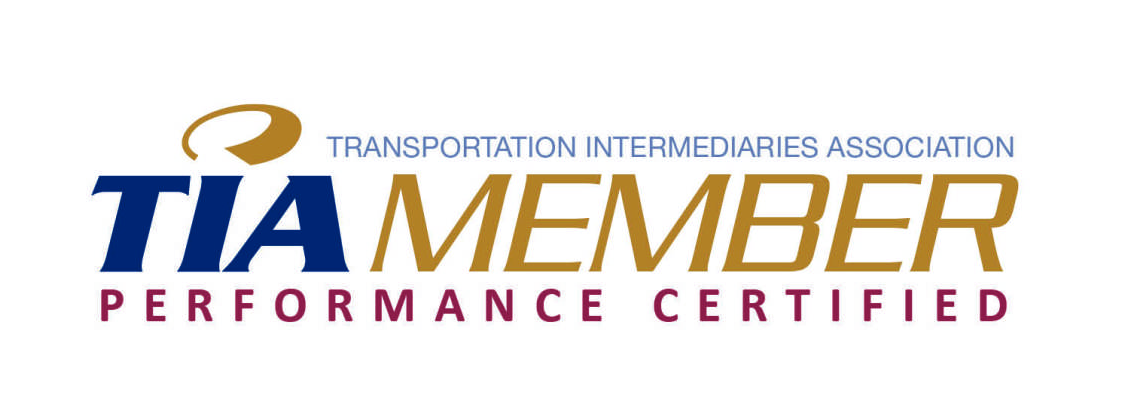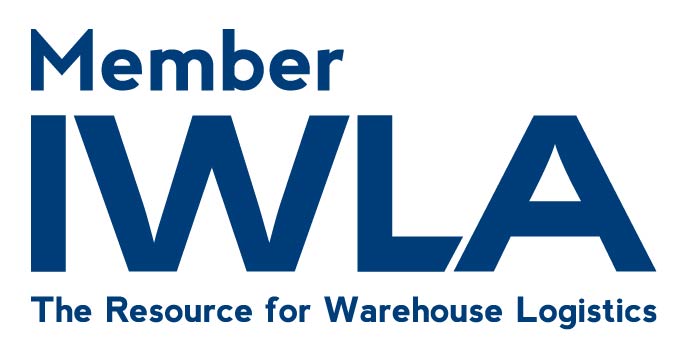Benefits of Temperature Monitoring for Cold Chain
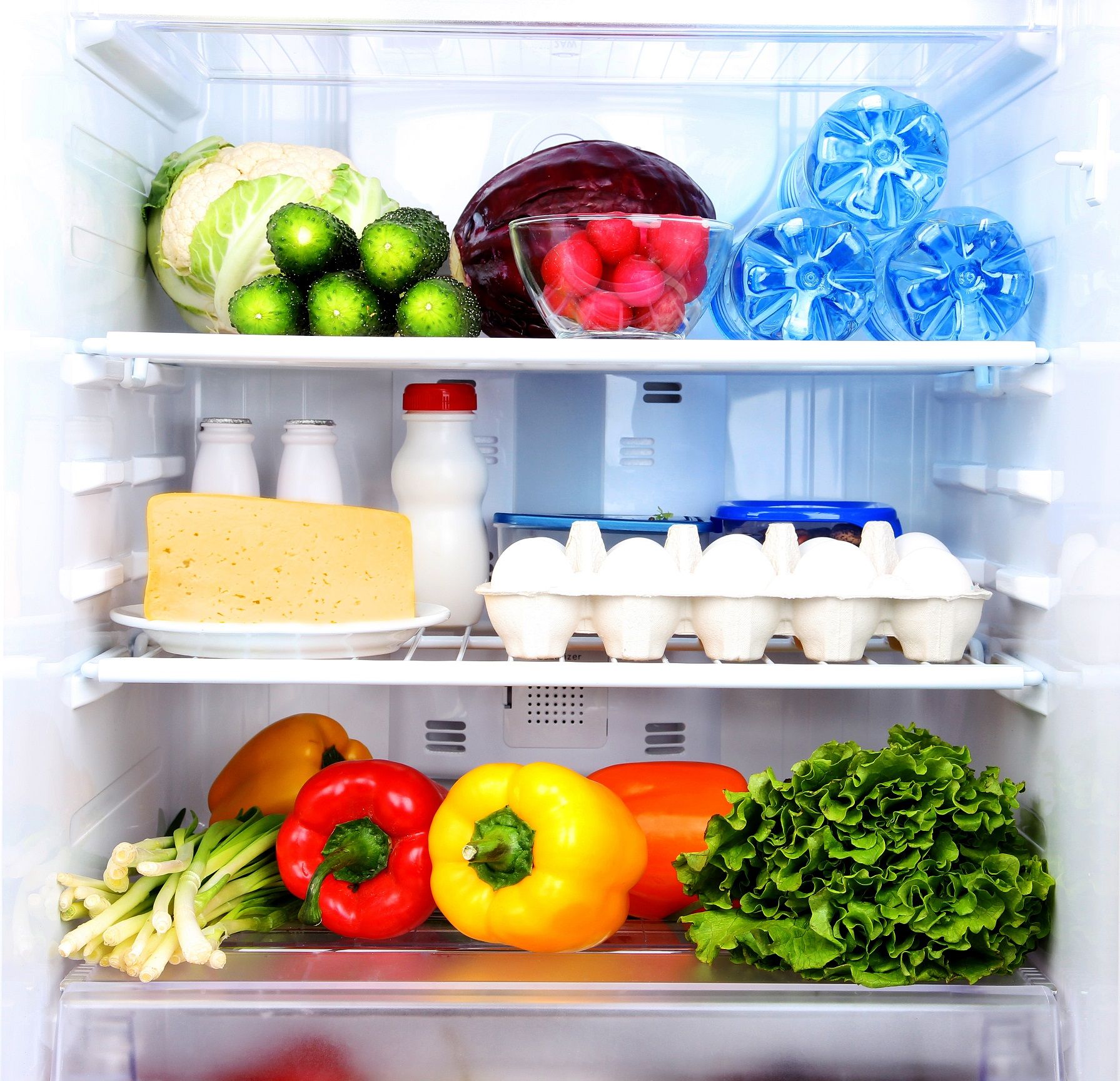
If you run a pharmaceutical distribution business, online food delivery service, or any operation that relies on managing temperature-sensitive products and materials, you understand that a minor temperature shift can cause significant problems.
Temperature monitoring comes into play to help you identify and address issues in your cold chain logistics before the problems become costly. Read on to understand what a cold chain is and how temperature monitoring benefits cold chain operations.
What Is a Cold Chain?
A cold chain is a temperature-controlled supply chain that keeps perishable items, such as food, pharmaceuticals, and chemicals, at the right temperature from the point of production to the end consumer.
Cold chain technology helps to ensure that products stay fresh (or, in some cases, active) during their transport and storage process. This technology allows consumers to access a wide range of goods that would otherwise be unavailable due to spoilage or contamination.
What Are the Benefits of Temperature Monitoring for Cold Chains?
Temperature monitoring offers many benefits for cold chain operations.
Enhances Efficiency
Time is critical when handling temperature-sensitive products. When these products are exposed to temperatures outside their optimal range, it can lead to spoilage and product loss.
Temperature monitoring helps you keep track of each shipment's temperature in real-time, so you can take corrective action quickly if necessary. This benefit enhances operational efficiency and reduces the risk of needing to throw away spoiled materials.
Most temperature monitoring devices offer real-time alerts, so you are always up-to-date on the current temperature. This feature helps you identify any weak spots in your cold chain system that may be causing temperature shifts, allowing you to address them before they become a significant issue.
Improves Product Quality
Temperature monitoring not only helps maintain product freshness but also improves product quality. By efficiently tracking temperatures and ensuring products remain within the optimal range, you can provide customers with consistent and high-quality products.
This benefit is significant for food items. The reason is that when you store food at improper temperatures, bacteria can grow quickly and compromise the health of your customers.
Temperature monitoring also allows you to keep track of the shelf-life of each product so that you can replace the products before the expiration date. This benefit helps ensure that customers receive fresh products and creates trust in your brand.
Promotes Regulatory Compliance
Most food and pharmaceutical companies must comply with strict temperature control guidelines during transportation and storage.
Using a temperature monitoring system, you can easily track temperatures at every stage of the process to ensure they never exceed the limits. This helps protect your business and customers from potential harm caused by non-compliance. You also save your business reputation, which goes a long way to boost sales.
Save Money
You can reduce product spoilage and loss due to cold or heat damage by tracking temperatures and taking proactive measures. This benefit helps keep your costs down and yields a higher return on investment over time.
Moreover, in the case of spoilt food or medicine, you risk being sued for health-related issues. Temperature monitoring helps you to avoid such a situation.
Temperature monitoring systems can help keep customers satisfied with your products. The investment also saves you from losses and puts your business some steps ahead.
You can trust us at JBS Logistics to help protect your products and ensure optimal temperature control for your operations. Our temperature-controlled spaces and temperature monitoring systems, combined with our team's expertise, make us the perfect cold-chain logistics solution for your business.
Contact us today to learn more about how we can help you reduce costs and increase profits while protecting the quality of your products.
